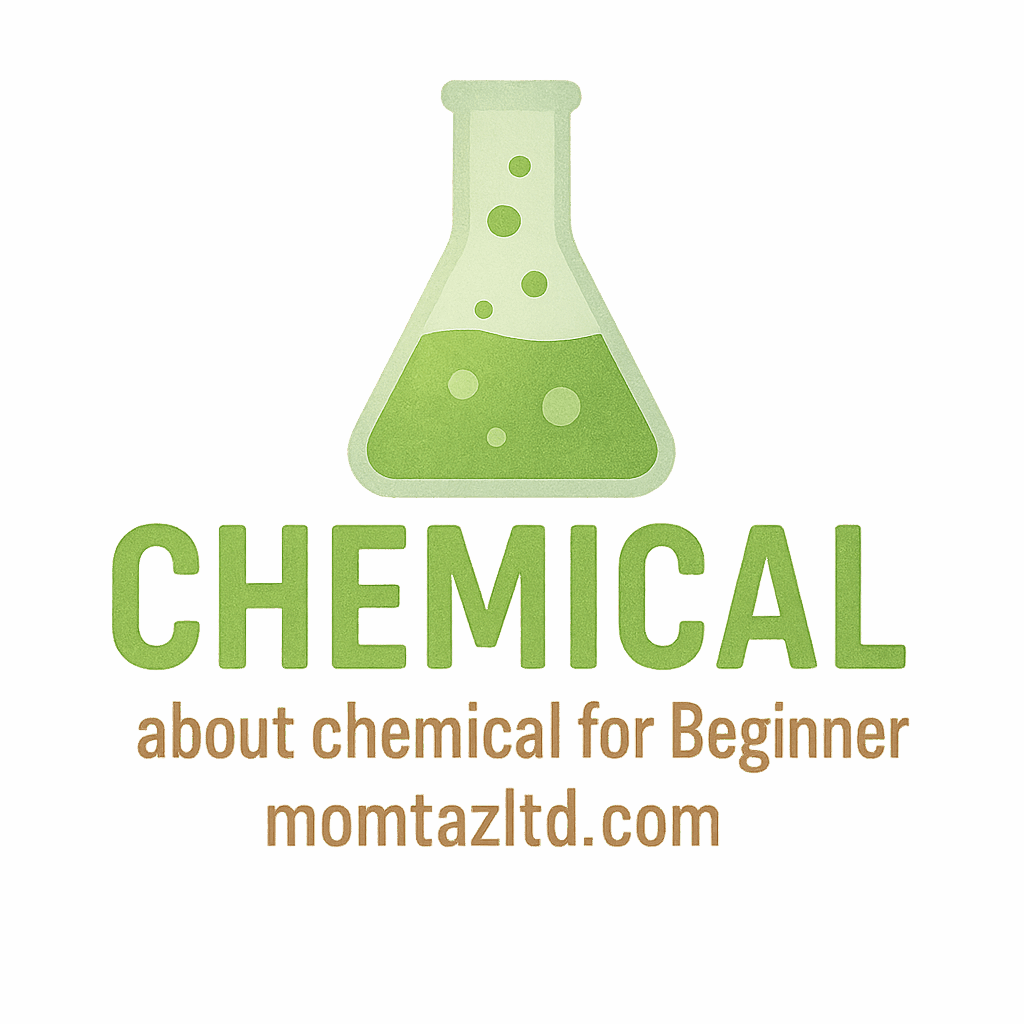Introduction to Laboratory Chemicals
As a beginner in the world of chemistry, one of the most vital aspects of your journey will be familiarizing yourself with the various laboratory chemicals you’ll work with. Whether you’re in a school lab, a personal research space, or any other scientific setting, understanding the basics of chemical substances is crucial. But where do you start? Well, let’s break it down and introduce you to the 10 must-have laboratory chemicals for beginners.
Having a basic yet comprehensive set of chemicals in your lab allows you to perform a wide range of experiments safely and effectively. Let’s explore what makes these chemicals essential for any budding chemist.
What Are Laboratory Chemicals?
Laboratory chemicals are substances used in scientific experiments, tests, and procedures. They can range from simple substances like water to complex compounds used for specialized experiments. These chemicals can be found in various forms, such as solids, liquids, and gases. They play an essential role in studying and understanding chemical reactions, properties, and behavior.
Why Beginners Need to Know About Laboratory Chemicals
Understanding the chemicals in your laboratory is essential for a few reasons. First, safety is paramount. Knowing how each chemical behaves and what precautions to take can prevent accidents. Second, some chemicals are versatile and can be used in a variety of experiments, making them valuable tools for anyone starting out in chemistry. Lastly, a foundational knowledge of laboratory chemicals will allow you to build more complex experiments as you advance in your studies.
Understanding Chemical Safety in the Lab
Before jumping into the world of laboratory chemicals, it’s essential to have a solid understanding of chemical safety. Handling chemicals improperly can lead to dangerous accidents, including spills, burns, and exposure to toxic fumes. Proper knowledge of Personal Protective Equipment (PPE), including gloves, goggles, and lab coats, is necessary. It’s also important to understand chemical storage, as certain substances can react with others or degrade over time. Always refer to material safety data sheets (MSDS) for each chemical.
The Essential Must-Have Chemicals for Beginners
Now that you understand the importance of safety and chemicals in general, let’s dive into the 10 must-have chemicals every beginner chemist should have in their lab.
1. Acids
Acids are among the most fundamental chemicals in any laboratory. They are used in a variety of experiments, from neutralization reactions to titrations. Some common acids include hydrochloric acid (HCl), sulfuric acid (H₂SO₄), and acetic acid (CH₃COOH).
Why You Need It: Acids are necessary for understanding pH levels, conducting precipitation reactions, and synthesizing compounds. They react with bases to form salts and water, which is the foundation of many experiments.
Important Safety Tip: Always add acid to water, never the reverse, as this can cause dangerous splattering.
Explore more about acids and their uses in the laboratory here.
2. Bases
Bases are the chemical opposites of acids and are crucial for many laboratory processes. Sodium hydroxide (NaOH) and potassium hydroxide (KOH) are common bases used in labs.
Why You Need It: Bases are used in the neutralization process, in soap making, and even in controlling the pH of solutions. They also form salts when they react with acids, which is a key part of many chemical reactions.
Important Safety Tip: Bases can be just as dangerous as acids, especially in concentrated forms, so always wear gloves and goggles when handling them.
3. Solvents
Solvents are substances that dissolve other chemicals to form a solution. The most commonly used solvent in the lab is water, but others include ethanol, acetone, and methanol.
Why You Need It: Solvents are essential for dissolving solids, extracting compounds, and purifying substances. Most chemical reactions occur in solution, which makes solvents an absolute necessity.
Important Safety Tip: Some solvents, like acetone, are highly flammable. Always store them in a well-ventilated area away from open flames.
Learn more about solvents here.

4. Indicators
Indicators are chemicals that change color depending on the pH of a solution. Litmus paper, phenolphthalein, and bromothymol blue are examples of indicators used in many experiments.
Why You Need It: Indicators are essential for titrations and other experiments where pH levels need to be monitored. They help identify whether a solution is acidic, neutral, or alkaline.
Important Safety Tip: While indicators are usually safe, they should be used in small amounts to avoid unnecessary chemical exposure.
5. Reagents for Precipitation Reactions
Precipitation reactions occur when two solutions combine to form an insoluble product, known as a precipitate. Reagents like silver nitrate (AgNO₃) and barium chloride (BaCl₂) are frequently used for these reactions.
Why You Need It: Precipitation reactions are essential for separating and purifying compounds. By forming solid precipitates, you can isolate specific chemicals from a mixture.
Important Safety Tip: Always use these chemicals in a fume hood, as the reactions can sometimes produce fumes.
Discover more about precipitation reactions and their role in labs.
6. Oxidizing Agents
Oxidizing agents like potassium permanganate (KMnO₄) and hydrogen peroxide (H₂O₂) are used in redox reactions to facilitate the transfer of electrons.
Why You Need It: Oxidizing agents are essential for carrying out oxidation-reduction reactions, which are crucial in many chemical processes, such as combustion and rusting.
Important Safety Tip: These chemicals are reactive and should be handled with care to avoid unwanted reactions.
7. Reducing Agents
Reducing agents, such as sodium borohydride (NaBH₄) and lithium aluminum hydride (LiAlH₄), play the opposite role of oxidizing agents. They donate electrons during chemical reactions.
Why You Need It: Reducing agents are critical for reactions like hydrogenation and for synthesizing compounds in organic chemistry.
Important Safety Tip: These agents are highly reactive and can be hazardous if not handled properly.
8. Salts
Salts, such as sodium chloride (NaCl) and potassium nitrate (KNO₃), are the product of acid-base reactions and are used in a wide variety of chemical processes.
Why You Need It: Salts are fundamental to understanding chemical reactions, such as neutralization and ion exchange. They are also used in conducting electricity in solutions.
Important Safety Tip: Salts are usually safe to handle, but you should still wear gloves and goggles during experiments.
Find more about the role of salts in chemistry here.
9. Buffers
Buffers are solutions that resist changes in pH, essential for maintaining stable environments in biological and chemical reactions.
Why You Need It: Buffers are necessary in experiments where maintaining a constant pH is critical. They help to stabilize the pH in solutions, preventing fluctuations that could alter experimental results.
Important Safety Tip: Buffers are generally safe but should be used according to instructions to maintain their effectiveness.
10. Organics and Inorganic Compounds
A variety of organic and inorganic compounds, such as ethanol (C₂H₅OH) and sodium sulfate (Na₂SO₄), are fundamental to chemistry experiments.
Why You Need It: These compounds are essential for organic synthesis, biochemical reactions, and preparing solutions.
Important Safety Tip: Organic compounds may be volatile, while inorganic compounds can be corrosive, so safety precautions are necessary.
Explore organic and inorganic compounds for chemistry beginners here.
Where to Buy Laboratory Chemicals
Finding a reliable source for your chemicals is crucial. Companies like Momtaz Ltd. provide high-quality chemicals suitable for beginners and professionals alike. You can also explore specific chemical categories, such as household chemicals, industrial chemicals, and laboratory chemicals on their website. Make sure to verify the purity and certifications of the chemicals you are buying to ensure safety and reliability.
Conclusion
As a beginner chemist, having a set of essential laboratory chemicals is critical for success in your experiments. From acids and bases to organic compounds, each chemical plays a vital role in your learning process. By understanding their uses and safety precautions, you’ll be well on your way to mastering the fascinating world of chemistry.
FAQs
1. What is the safest way to handle acids in the lab?
Always wear proper PPE (gloves, goggles, and lab coat). Add acid to water, never the other way around, to prevent splattering.
2. Can I substitute one solvent for another?
It depends on the experiment. Some solvents have very specific properties that are needed for reactions, while others are more versatile.
3. Are there alternatives to toxic laboratory chemicals?
Yes, there are often safer alternatives, such as using less toxic acids or solvents. Research and ensure compatibility with your experiment.
4. How do I store chemicals safely?
Follow the MSDS guidelines, use labeled containers, and ensure proper ventilation. Store chemicals away from incompatible substances.
5. What is a precipitate?
A precipitate is a solid that forms in a solution during a chemical reaction, often used in purification processes.
6. Are there any common mistakes beginners make when handling chemicals?
Yes, beginners often mishandle chemicals by using the wrong concentrations, neglecting safety measures, or failing to read labels and instructions properly.
7. Where can I buy laboratory chemicals?
You can purchase high-quality chemicals from trusted suppliers like Momtaz Ltd. or other specialized chemical stores.


